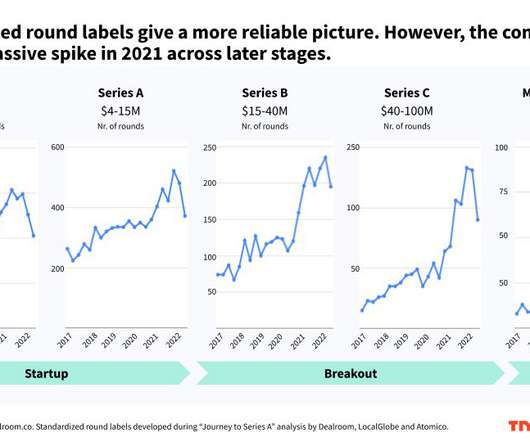Valuations 101: The Venture Capital Method
Gust
NOVEMBER 1, 2011
We recently started a series of posts on establishing the pre-money valuation of pre-revenue startup companies for purposes of investment by seed and startup investors. It is one of the useful methods for establishing the pre-money valuation of pre-revenue startup ventures. million ÷ 20X. million.





























Let's personalize your content